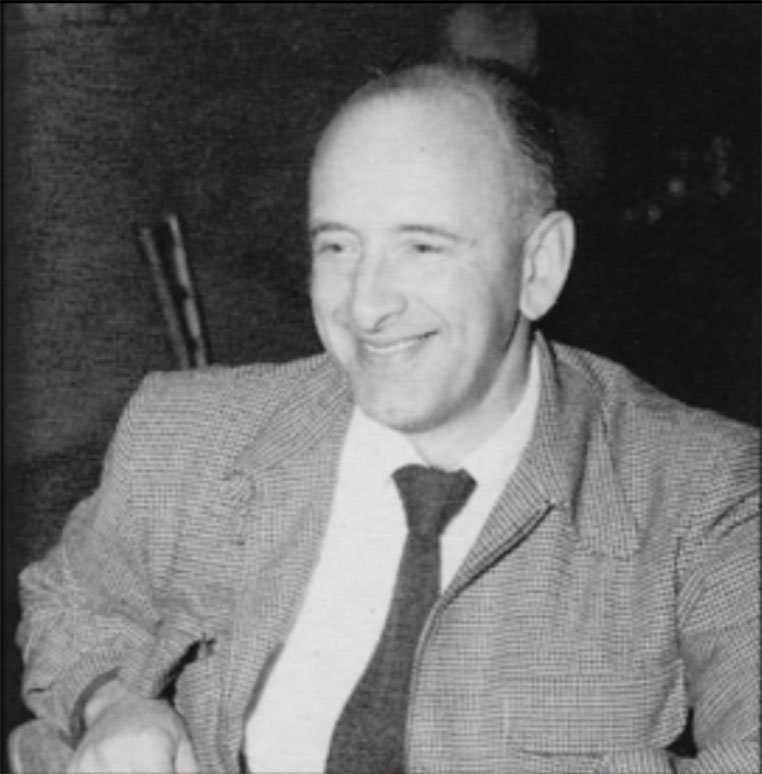George Gibson
(1904 – 2001)George Gibson, a Scottish immigrant and itinerant scenic artist, began working as a day hire in MGM’s special effects department in 1934. He would become the scenic art supervisor by 1938, bringing to MGM the stylistic influence of nineteenth-century British realist painters. His education at Edinburgh College of Art, apprenticeship under master scenic artist William Glover, and work experience at Joseph Harker’s paint studio served him well when challenged to bring the outdoors onto the sound stages by creating photorealistic painted backdrops for motion pictures.
Gibson hired and trained a new generation of artists, such as Duncan Spencer, John H. Coakley, F. Wayne Hill, and Leo Atkinson, constructing a department from the ground up. Gibson required his artists to continue training by painting outdoors from observation, bringing their work in for critique.
Gibson convinced studio heads to construct a new painting building with large movable frames, enabling teams of artists to paint up to 400 feet of backdrops simultaneously. Below the paint deck were a series of racks used to store the inventoried backings for future use on other MGM films. He transformed scenic art for the eye of the camera to appear absolutely “real.” He devised systems of painting that allowed his artists to work cohesively and in the painting style established. This efficiency was necessary to execute the volume of work demanded during Hollywood’s Golden Age.
“The sacrifice of personal creativity in the interest of a uniform creation; the blending of various and differing degrees of talent so that one would support the other in the interest of the whole. Some with a talent for architecture—in perspective and the rendition of this highly mechanical or technical specialty. Some in the landscape. Many in all phases of art creativity—clouds and atmospheric conditions and their rendition, all had to come together as one.” – George Gibson
Gibson’s system and techniques created arguably the finest scenic studio in Hollywood’s history. His artists contributed to hundreds of motion pictures, including such iconic films as The Wizard of Oz (1939), An American in Paris (1951), Brigadoon (1954), North by Northwest (1959), and The Shoes of the Fisherman (1968). In 1968 Gibson retired from MGM to devote all his attention to his love for en plein air painting, which he pursued until his passing in 2001.
Beeching, Robert B. 1995. MGM and Other Grand Illusions of Motion Picture Scenic Design. Unpublished manuscript., Isackes, Richard M., Maness, Karen L. 2016. The Art of the Hollywood Backdrop, ReganArts

George Gibson, Scenic Art Supervisor at MGM 1938
ADG Archives